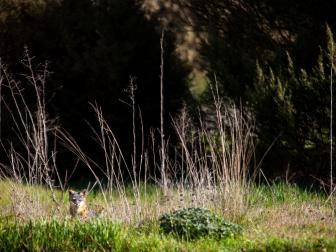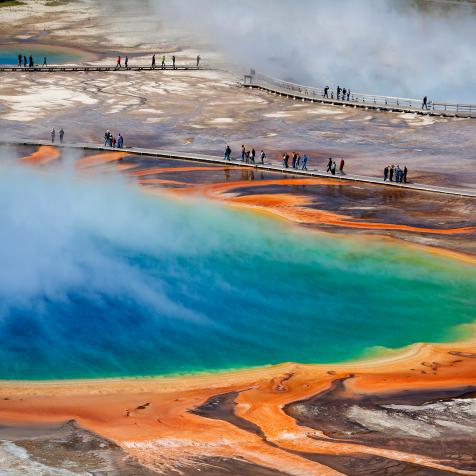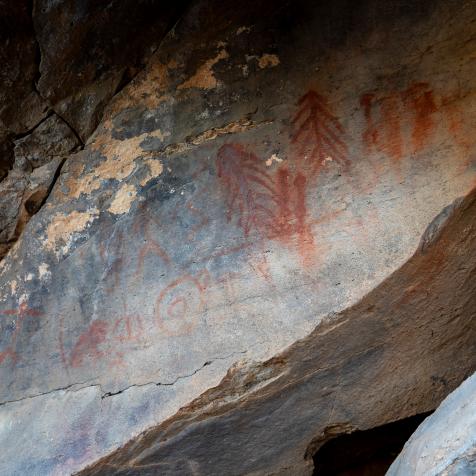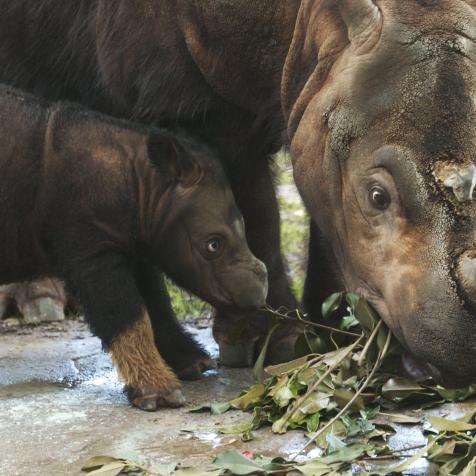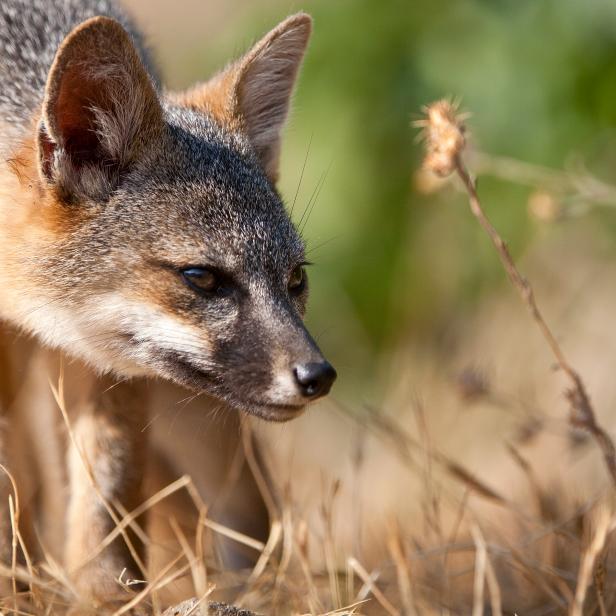
Ian Shive
Meet the Island Fox of Channel Islands National Park

When I first started photographing Channel Islands National Park in Southern California in the mid-1990s, it was a very different place. As more and more people seek unique outdoor experiences, visitors to the islands have increased, but the most notable change I’ve witnessed over the years is the recovery of the park’s endemic island fox.
The fox population in the park was decimated by a lethal combination of human activities and predation by golden eagles, among other factors, such as invasive species. On San Miguel Island, the fox numbers dropped dramatically, from 400 foxes in 1994 to just a few dozen in 1998. On Santa Cruz Island, my favorite of the islands to visit and photograph, approximately 15 foxes remained at the population’s lowest point, and the species was listed as endangered.
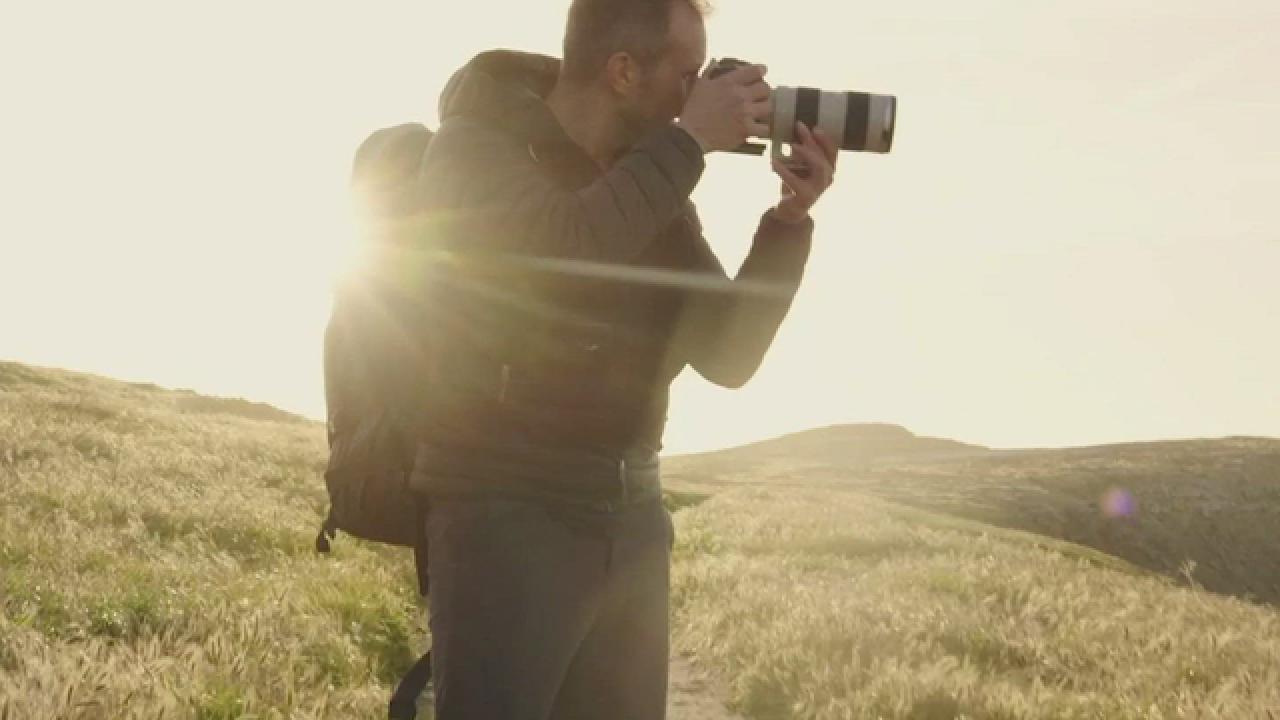
So it’s no wonder that as a photographer just starting out and seeking to photograph a charismatic creature, I really struggled. For years I searched for the fox, covering miles of territory and lugging equipment, which in the early 2000s was much heavier than today. It wasn’t until 2006 that I captured my first image of a fox, with a radio collar around his neck. I was so happy!
The radio collar was a sign of the ongoing population recovery efforts, which included captive breeding programs and a reintroduction of the fox as well as the elimination of invasive species and predators of the fox. While those efforts were happening, I continued to visit the islands in my free time, covering the miles, armed with the only telephoto lens I had at the time, my trusty 70-200mm F2.8 with the optional 2.0x and 1.4x extenders.

Ian Shive
Nearly every image I made for the next decade was with this combination of lens and extender. There were an occasional few moments, especially in the later years, when I’d be sitting in the grass photographing wildflowers and a young pup would approach me. Curious, as the fox often is, he’d be too close for this lens! In that case, the 24-70mm was handy, but I definitely lost a few shots while trying to make a switch.
Checking In on the Island Fox of the Channel Islands 14 Photos
Nature photographer and conservationist Ian Shive takes us to Channel Islands National Park where the US Fish and Wildlife Service are working hard to protect the endangered Santa Cruz Island Fox.
Today the islands tell a new story. The fox on Santa Cruz is abundant. Captive breeding programs ended in 2008 and, for the most part, the fox population has continued its steady climb, which in 2016 resulted in its removal by the US Fish & Wildlife Service from the endangered species list. Being on an island means that the fox will always be susceptible to threats, and its official status remains “near threatened,” but the future looks bright with proper management.
As a photographer visiting these islands for over 20 years, I feel lucky to have so intimately witnessed and documented this story. The fox is now a very common site in campgrounds and on trails all over the island — a photographers dream! Some are so comfortable around people that they regularly get close…or take naps in the grass right off the trail. It’s easy to forget they are wild animals and not pets, which the first people to these islands, the Native American Chumash, actually kept them as! As such, be sure to never leave out food or approach them. Let wild be wild.









